If you’re aiming to become a Captain Doctor in the Pakistan Army, you’re on a fantastic journey! The Army Medical Cadet (AMC) Test is the starting point, a test designed to check your skills. But don’t worry – see it as a challenge you can overcome. This article is like your guide, giving you all the info.
The AMC Test, also known as the Army Medical Cadet Test, opens doors for male students who have completed their 1st-year exams or finished FSC (pre-medical) or A’Level with biology. This test is the gateway for bright students to join the Pakistan Army as captain doctors.
If you’re selected, the Pakistan Army covers all the costs of your MBBS or BDS degree. After completing your degree, you’ll directly join as a Captain Doctor. Throughout your studies, you’ll also receive a handsome salary.
In simpler terms, it’s an amazing opportunity for students passionate about medicine. Not only do you get to pursue your dream degree, but you also serve your country as a Captain Doctor in the Pakistan Army. It’s a win-win – you learn, you earn, and you contribute to the well-being of your fellow citizens.

What Is the AMC Test?
Table of Contents
The AMC Test is the first step for those aiming to join the Pakistan Army. It’s like a three-part journey, testing your mind and body to make sure you’re fit for the army.
- 1. Initial Written/Intelligence Test: This is where they check how smart you are. It’s like a puzzle or a quiz that helps them understand if you have the brains for the job.
- 2. Physical Test: Next up is a test of your physical strength. Can you run fast? Do push-ups? It’s to make sure you’re in good shape because being in the army needs a strong and healthy body.
- 3. Medical Examination: Lastly, there’s a thorough check-up by doctors. They want to be sure you’re healthy and don’t have any hidden issues that might cause problems later.
Together, these three stages make up the AMC Test, ensuring that the ones who pass are not just smart but also physically and medically fit to proudly serve in the Pakistan Army. It’s like a comprehensive check to make sure you’re ready for the exciting journey ahead.
Related:- NUMS Admission 2025
AMC Written/Intelligence Test
The written intelligence test for the Pakistan Army, especially for those aiming to become Captain Doctors, is like the first step of a big journey. The army puts a lot of effort and resources into the candidates they select because it’s a long and important journey ahead.
Related:- PMA Test
This initial test has three parts:
1. Verbal Intelligence Test: In this part, there are around 80-90 multiple-choice questions (MCQs). You get 30 minutes to answer them. It’s like a quiz to see how well you understand and use words.
2. Non-Verbal Intelligence Test: The second part also has 80-90 MCQs, and again, you get 30 minutes. But this time, it’s more about understanding things without using words. It’s like solving puzzles without any written clues.
3. Academic Test: The last part has 50 MCQs, and you have 25 minutes. It checks your knowledge of different subjects. It’s a bit like a mini-exam where they want to see how much you’ve learned in school.
Remember, it’s necessary to pass each part of this test to continue on this exciting journey to become a Captain Doctor in the Pakistan Army. So, buckle up for this initial challenge, and you’re on your way to something great.

AMC Test Preparation Book
For 100% AMC Test preparation
AMC Sample Test
Now, we’ll provide you with some AMC Sample Test [example multiple-choice questions (MCQs)] related to the AMC Initial Written Intelligence Test. These questions are like practice puzzles to help you get ready for the real thing. Give them a try and boost your confidence for the upcoming test.
AMV Verbal Sample Test
2, 5, 8, 11, 14, ___
Reasoning: The series follows a pattern of adding 3 to the previous number to obtain the next number. Starting with 2, we add 3 repeatedly to get the subsequent terms: 2 + 3 = 5, 5 + 3 = 8, 8 + 3 = 11, and so on. Therefore, the missing number is 17.
1, 4, 9, 16, 25, ___
Reasoning: The series represents the sequence of perfect squares. The first term is 1, which is the square of 1. The second term is 4, which is the square of 2. The third term is 9, which is the square of 3, and so on. Hence, the next term is 36, which is the square of 6.
3, 6, 12, 24, 48, __
Reasoning: In this series, each term is obtained by multiplying the previous term by 2. Starting with 3, we multiply by 2 repeatedly to get the subsequent terms: 3 * 2 = 6, 6 * 2 = 12, 12 * 2 = 24, and so on. Therefore, the missing term is 96.
1, 3, 6, 10, 15, ___
Reasoning: This series follows the pattern of adding consecutive positive integers. The first term is 1, the second term is obtained by adding 1 to the first term (1 + 1 = 2), the third term is obtained by adding 2 to the second term (2 + 2 = 4), and so on. Therefore, the missing term is obtained by adding 5 to the previous term: 15 + 5 = 21.
0, 1, 1, 2, 3, 5, ___
Reasoning: This series is known as the Fibonacci sequence. Each term is obtained by adding the two previous terms. Starting with 0 and 1, we add them to get the third term (0 + 1 = 1), add the second and third terms to get the fourth term (1 + 1 = 2), and so on. Therefore, the missing term is obtained by adding the two previous terms: 3 + 5 = 8.
2, 4, 8, 16, 32, ___
Reasoning: Each term in the series is obtained by multiplying the previous term by 2. Starting with 2, we multiply by 2 repeatedly to get the subsequent terms: 2 * 2 = 4, 4 * 2 = 8, 8 * 2 = 16, and so on. Therefore, the missing term is 64.
7, 14, 28, 56, 112, ___
Reasoning: In this series, each term is obtained by multiplying the previous term by 2. Starting with 7, we multiply by 2 repeatedly to get the subsequent terms: 7 * 2 = 14, 14 * 2 = 28, 28 * 2 = 56, and so on. Hence, the missing term is 224.
10, 7, 4, 1, -2, __
Reasoning: The series follows a pattern of subtracting 3 from the previous number to obtain the next number. Starting with 10, we subtract 3 repeatedly to get the subsequent terms: 10 - 3 = 7, 7 - 3 = 4, 4 - 3 = 1, and so on. Therefore, the missing number is -5.
12, 9, 6, 3, 0, ___
Reasoning: Each term in the series is obtained by subtracting 3 from the previous term. Starting with 12, we subtract 3 repeatedly to get the subsequent terms: 12 - 3 = 9, 9 - 3 = 6, 6 - 3 = 3, and so on. Hence, the missing term is -3.
1, 4, 9, 16, 25, 36, ___
Reasoning: The series represents the sequence of perfect squares. Each term is obtained by squaring the consecutive positive integers. The first term is 1, which is the square of 1. The second term is 4, which is the square of 2. The third term is 9, which is the square of 3, and so on. Therefore, the missing term is 49, which is the square of 7.
Share your Results:
AMC Non-Verbal Sample Test
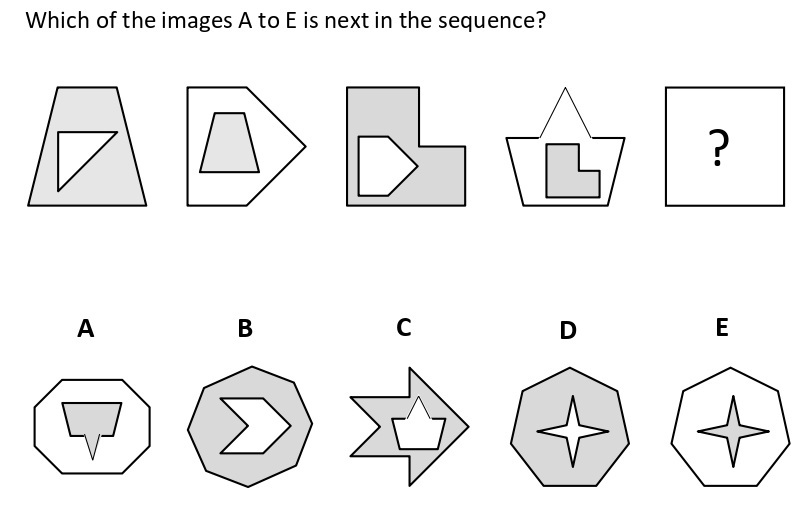
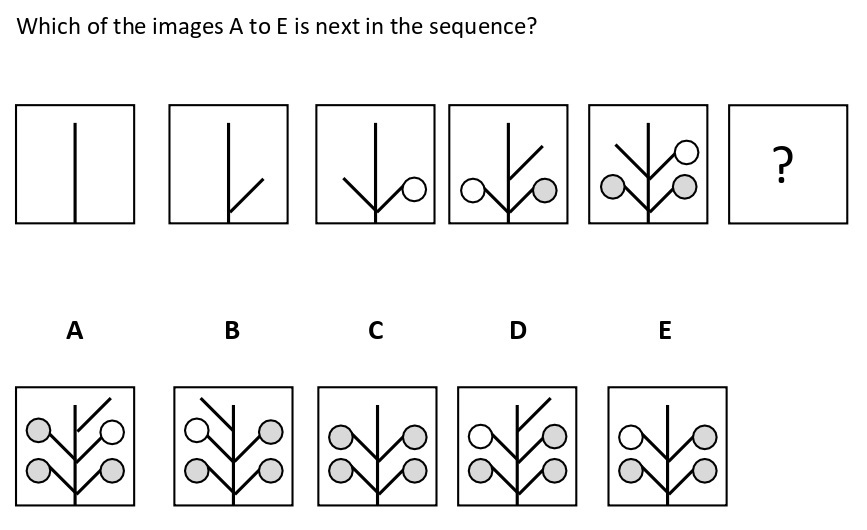
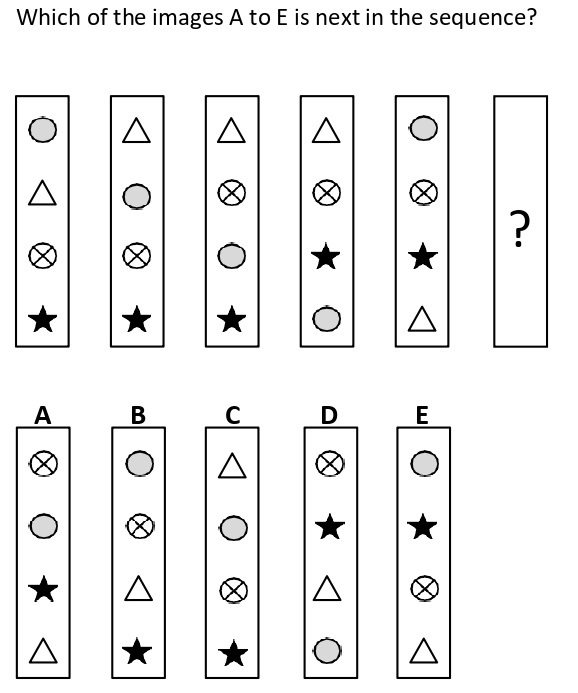
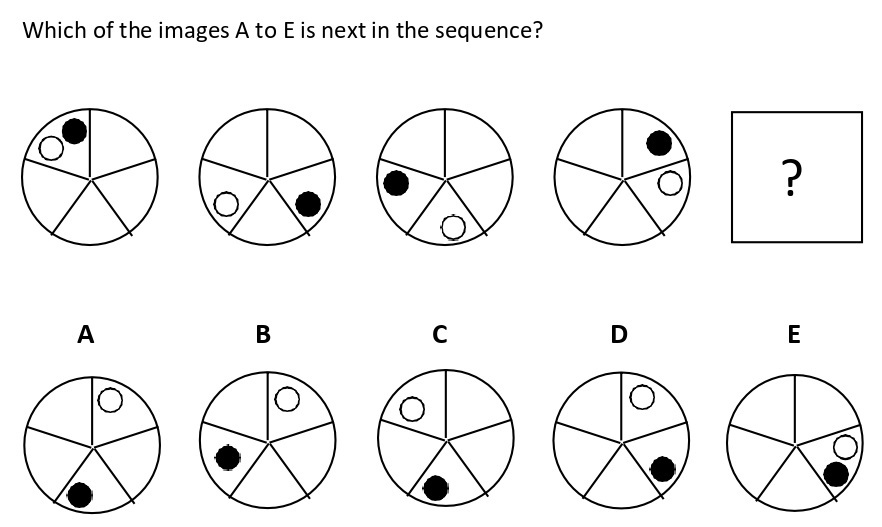
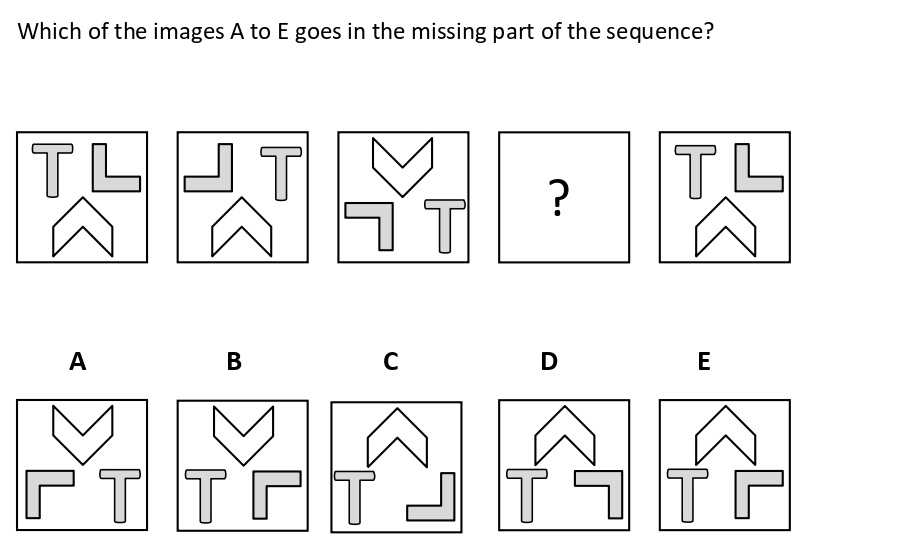
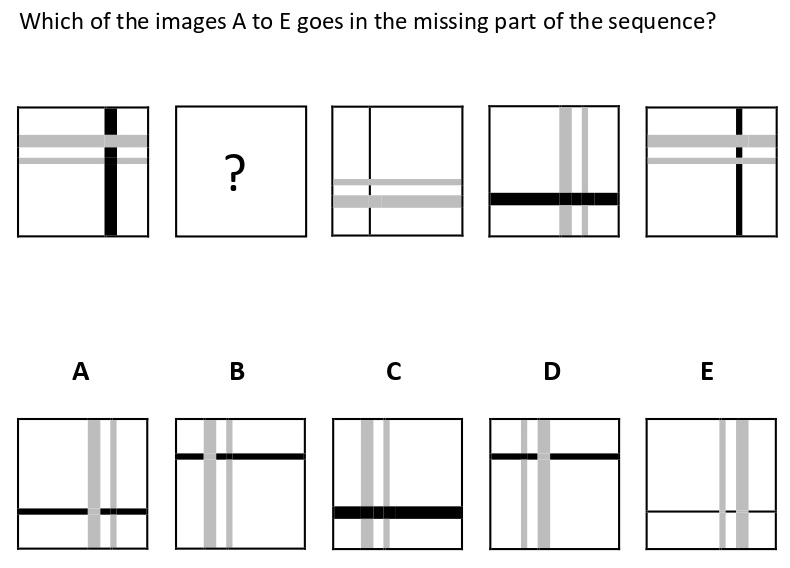
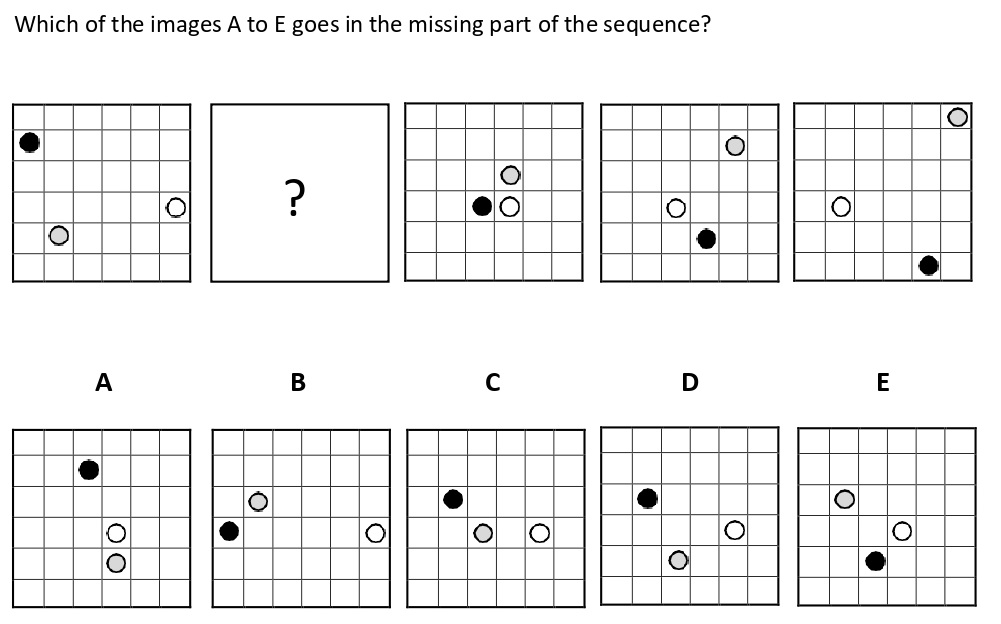
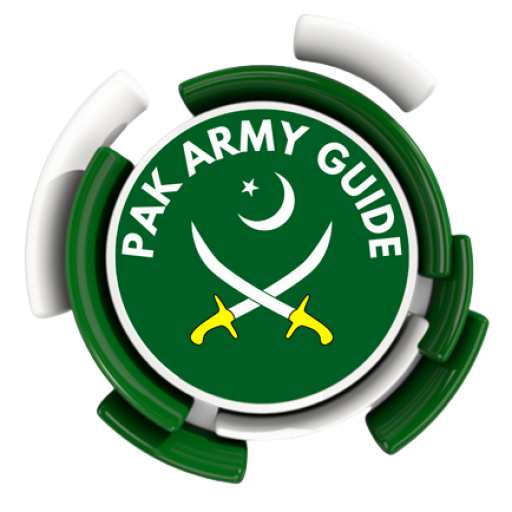
Share your Results:
AMC Academic Sample paper
First wife of Hazrat Muhmmad SAW was?
Kirthar range is in which mountain?
What is the sacred place for Sikhism in Pakistan?
Largest Hadees Collection by whom?
Chelsform Reforms date?
How many languages are used in Pakistan?
Shimla conference Date?
1st constitution of Pakistan was made after how many year of independence?
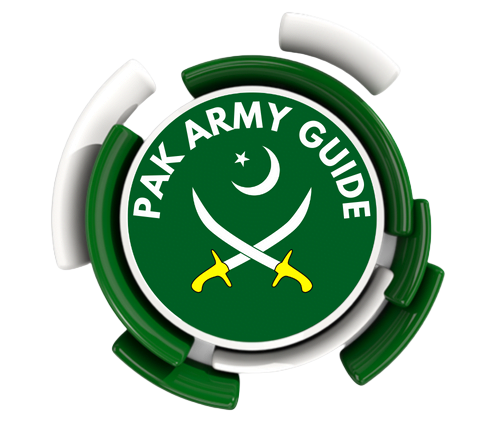
Share your Results:
Out of these subjects, there will be also questions from intermediate subjects as from
- Chemistry
- Biology
- Physics
- English
Do you have any questions about the AMC Test Syllabus or the AMC Test Pattern? Feel free to leave a comment, and our experts will provide further guidance on this test. Your queries are important, and we’re here to help you navigate through the details of the AMC Test with expert advice.

AMC Test Preparation Book
For 100% AMC Test preparation
Related:- AMC Admission 2025
How to Preparae AMC Test?
As outlined in the AMC Test Syllabus, candidates need to focus on these main areas:
1. Intelligence Tests:
- Verbal Intelligence Test
- Non-Verbal Intelligence Test
2. Academic Test:
- Physics, Chemistry, English, Biology
- Islamic History, Pak Study, Short Math, General Science
To tackle these tests successfully, candidates should follow a strategic approach. Begin by dedicating ample time to practice for the Intelligence Tests, as they can be a bit tricky. Once you feel confident in handling these tests, shift your focus to the Academic portion.
For those who have previously prepared for the MDCAT Entry Test, the academic section may feel familiar. Stay connected with the main subjects to ease through this part. However, it’s crucial to dedicate specific preparation time to ensure a well-rounded understanding.
Remember, practice is key. Strengthen your skills in intelligence tests and maintain a touch with academic subjects. This approach ensures that candidates are well-prepared and confident when facing the AMC Test.
Related:- AMC Test Preparation Book
AMC Test Preparation Material:
For the best AMC Test preparation, you have two great choices from the PAK Army Guide:
1. AMC Test Preparation Book (By PakArmyGuide.Com):
- This book covers everything you need for the test, including all subjects and practice tests like verbal and non-verbal intelligence tests.
- It’s made to help you get ready quickly, following the AMC Test Syllabus.
2. AMC Online Test Preparation Portal (By Tabeer.Com.PK):
- This online portal is like a helpful website where you can practice and prepare for the AMC Test. It has lots of resources to guide you.
Pick the one that suits you better – whether it’s the detailed AMC Test Preparation Book or the interactive AMC Online Test Preparation Portal. Both are designed to make sure you’re well-prepared for the AMC Test.

Contact Now On WhatsApp 03106867602
SIR. My AIM to a Captain doctor.
Please help me in preparation for AMC test.
Respectfully sir, i want to know that what is syllabus for AMC test, for which i prepare.
What is the syllabus for academic portion
I want to ask if the test is gonna be in Full course or in NUMS short syllabus??
What I become medical doctor and pak army I have passed my first year exam in 70% marks now I want to become a part of pak army please help me for preparation of AMC test